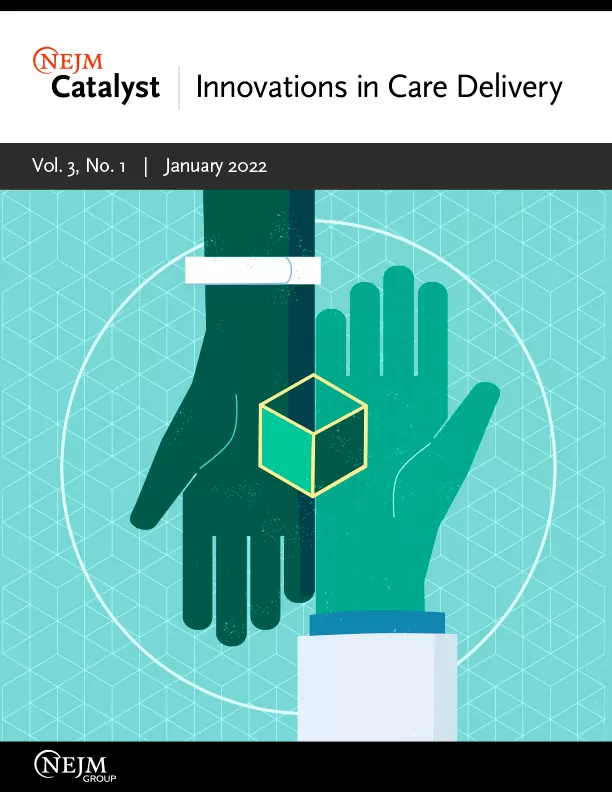Headline
A participatory design approach created a nurse-driven screening process to better identify and treat people with opioid use disorder in the emergency department.
Context
Early evidence indicates that initiating treatment for opioid use disorder (OUD) with buprenorphine in the emergency department (ED), as opposed to issuing a referral, more than doubles engagement in treatment. This case study details how Penn Medicine in Philadelphia used a participatory design approach to create a process to identify patients with OUD earlier and implement OUD care in the ED. Penn Medicine used an interdisciplinary team to identify eligible patients, begin treatment in the ED, and leverage electronic health records (EHR) for better detection and prompts to schedule and support follow-up treatment.
Findings
Penn Medicine created a nurse-driven ED-initiated screening process to start OUD care. This process, along with the EHR support, identified more patients, as the algorithm occasionally missed patients that a manual screening would pick up. The new screening process produced a roughly 50 percent relative increase in the overall identification of at-risk patients. The EHR was also used to notify peer recovery support. Peer recovery specialists can often increase patient engagement by providing support, motivation, and navigation assistance though the complexities of the health care system.
Takeaways
Other health systems interested in integrating OUD care into acute care settings can use the insights from this case study to redesign internal processes.




